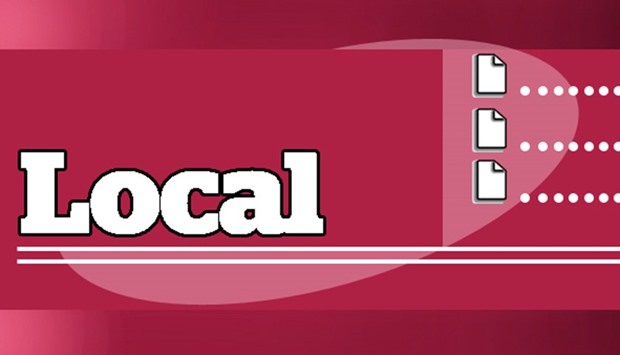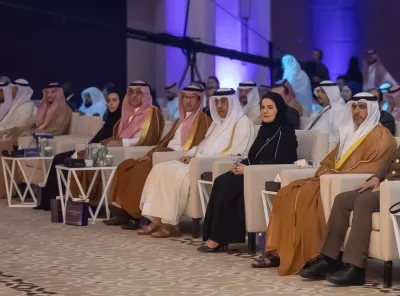The operationalisation of 40 new Qatari-owned manufacturing units, especially after the blockade, substantially enhanced employment, particularly within the non-energy private sector, thus helping Qatar’s PMI (Purchasing Managers Index) touch a six-month high in January, according to the Qatar Financial Center (QFC).
“Businesses remained strongly confident regarding expected activity at the start of 2019,” the QFC said, adding that driving the latest improvement was a series-record increase in employment, while both short-term output and new business measures ebbed slightly.
Highlighting the sharp rise in the employment, the QFC said companies in the non-hydrocarbon private sector raised headcounts at the strongest rate since the survey began in April 2017.
Firms have increased staff levels substantially in preparation of launching new manufacturing, retail, and other broad non-oil activities, it said, adding “specifically, a combination of existing firms priming to ramp up production in order to cater to their broadened international clientele, and the commencement of operations for 40 new Qatari-owned manufacturing facilities set up after the blockade explains this notable expansion.”
The PMI was at 50.5 in January, up from 50.1 in December, remaining at a level broadly consistent with the about 2% annual growth in Qatari economy.
The PMI was also boosted by a record expansion of input stocks, which reflected confidence among companies regarding future growth prospects, said Sheikha Alanoud bint Hamad al-Thani, managing director, business development, QFC Authority.
In a further sign of a healthy labour market, wages and salaries increased at the fastest pace on record since July 2018, she added. The PMI survey, which is compiled for the QFC by IHS Markit, provides an early indication of operating conditions in Qatar. Readings of above 50.0 signal an improvement in business conditions on the previous month, while readings below it show a tightening.
“When inferring changes in official data on the pace of economic growth, it should be noted that comparisons with official GDP data for Qatar suggest that the Qatar PMI needs to fall significantly below 50 for a sustained period before a contraction of the economy is signalled (a situation observed in other fast-growing economies such as China and India), although precise estimates are impeded for Qatar by the short time span of both GDP and PMI data currently available for comparison,” said Sheikha Alanoud.
While the output index was above the levels seen over the majority of the fourth quarter of 2018, January data registered a marginally slower pace in business activity than witnessed in December. Intakes of new business were broadly stable in the opening month of the year. Meanwhile, the level of outstanding business dipped slightly, in a sign of potential capacity pressures that could manifest in the months ahead.
“Average input prices continued to rise in January, although the rate of inflation remained slower than the survey average. This reflected a relatively weak increase in purchase prices as staff costs rose at the joint-fastest pace on record,” the QFC said.
Stressing that business expectations remained “strongly positive” in January, despite a moderation compared with December, the QFC said the future output index remained above its trend level since the survey started in April 2017.
Firms widely commented on upcoming projects, partly linked to government tenders and the football World Cup in 2022. In another sign of positive demand expectations, Qatari firms built up input stocks at the fastest rate on record.

Local



